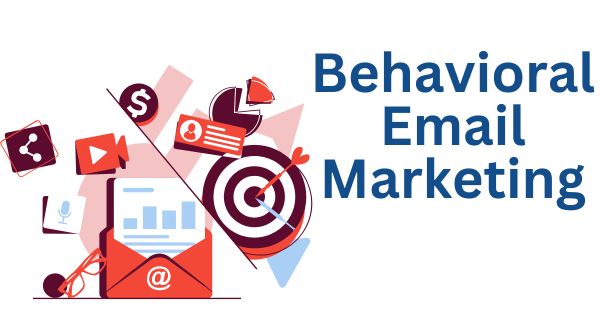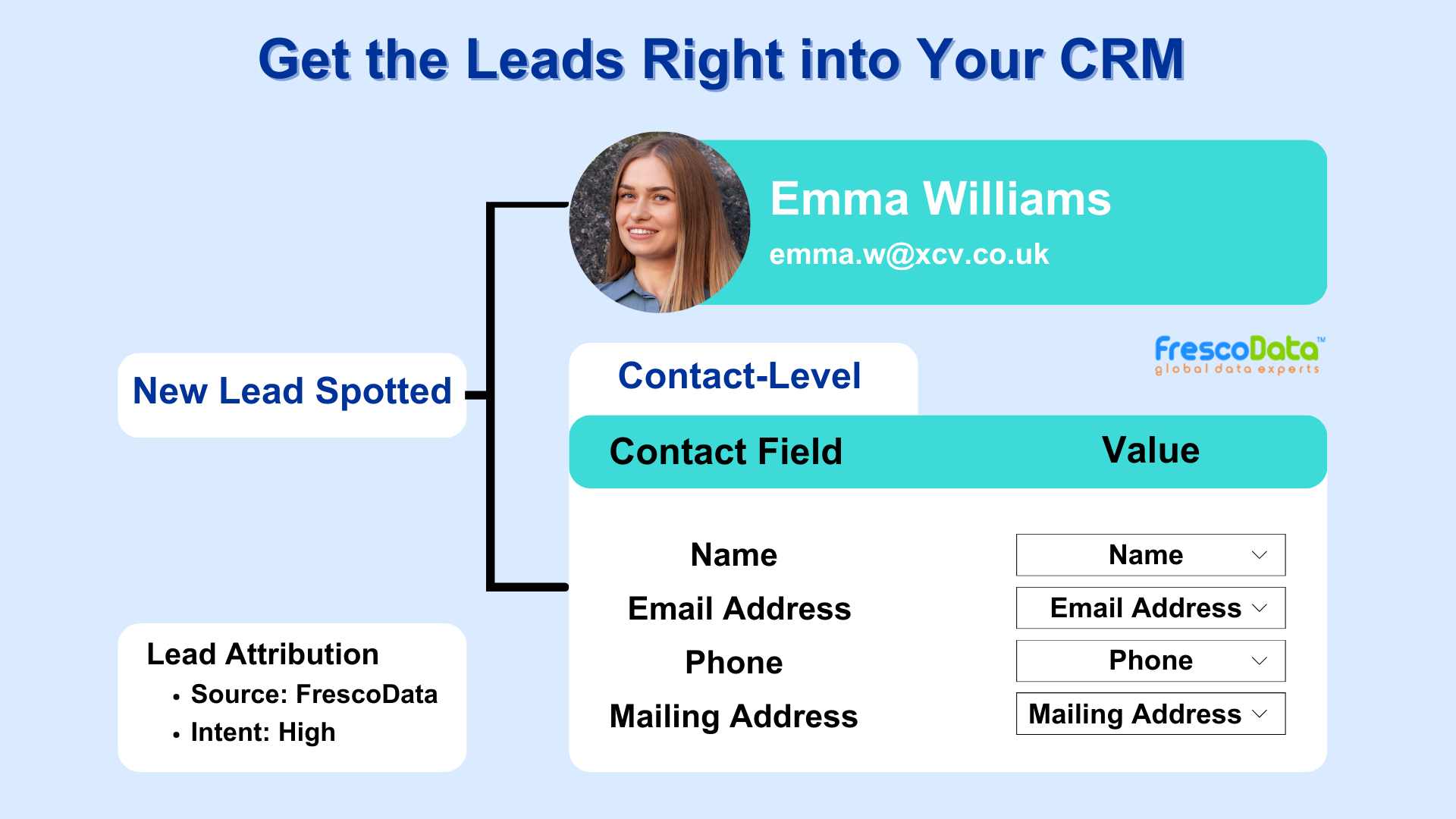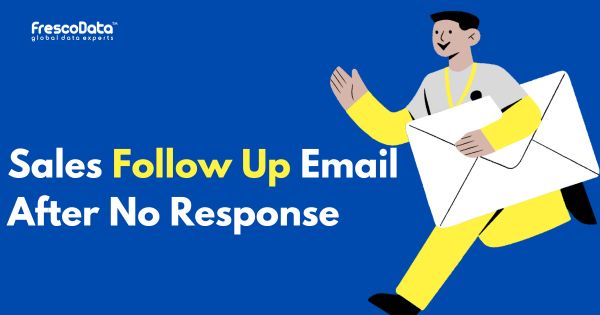-
What is Behavioral Email Marketing?
-
Key Components of Behavioral Email Marketing
-
User Tracking and Data Collection
-
Segmentation
-
Automated Triggers
-
Personalized Content
-
Dynamic Content
-
A/B Testing
-
Engagement Tracking
-
Feedback Loops
-
Examples of Behavioral Email Marketing
-
Abandoned Cart Emails
-
Product Recommendations
-
Welcome Series
-
Reactivation Emails
-
Event-triggered Emails
-
Benefits of Behavioral Email Marketing
-
Increased Relevance
-
Higher Conversion Rates
-
Improved Customer Retention
-
Time and Resource Efficiency
-
Data-Driven Insights
What is Behavioral Email Marketing?
Behavioral email marketing is a targeted marketing strategy that leverages information about an individual’s online behavior to deliver personalized and relevant email content. This approach focuses on understanding how users interact with a brand’s digital properties, such as websites, apps, or emails, and tailoring email communication based on their specific actions and preferences. Behavioral email marketing aims to create a more engaging and customized experience, delivering content that is timely, valuable, and aligned with the recipient’s interests and behaviors.
Key Components of Behavioral Email Marketing

User Tracking and Data Collection
Employing tools and technologies to track user behavior, collect data, and analyze interactions with a brand’s online platforms. This includes tracking website visits, clicks, purchases, and other relevant actions.
Segmentation
Segmenting the email audience based on observed behaviors and characteristics. This segmentation allows marketers to create targeted email campaigns that address the unique preferences and needs of specific groups of users.
Automated Triggers
Setting up automated triggers or workflows that respond to specific user actions. For example, sending a welcome email after a user signs up, a cart abandonment email if a user leaves items in their shopping cart, or a follow-up email after a purchase.
Personalized Content
Creating personalized email content that reflects the recipient’s past behavior and preferences. This may include product recommendations, content suggestions, or exclusive offers tailored to individual interests.
Dynamic Content
Incorporating dynamic content within emails that automatically adjusts based on user behavior. For instance, showing different product recommendations to users who have previously browsed different categories.
A/B Testing
Conducting A/B testing on different email variations to understand which content or design elements resonate best with specific segments of the audience.
Engagement Tracking
Monitoring user engagement with email campaigns to gauge the effectiveness of behavioral targeting. This includes analyzing open rates, click-through rates, and conversion rates for different segments.
Feedback Loops
Incorporating feedback mechanisms within emails to encourage recipients to share preferences, provide feedback, or update their preferences. This helps in refining future targeting and content strategies.
Examples of Behavioral Email Marketing
Abandoned Cart Emails
Sending automated emails to users who added items to their shopping cart but did not complete the purchase, encouraging them to return and complete the transaction.
Product Recommendations
Providing personalized product recommendations based on a user’s past purchases, browsing history, or similar users’ preferences.
Welcome Series
Implementing a series of welcome emails to new subscribers, introducing them to the brand, providing relevant information, and encouraging further engagement.
Reactivation Emails
Sending targeted emails to users who have been inactive for a certain period, encouraging them to re-engage with the brand through special offers or personalized content.
Event-triggered Emails
Sending emails triggered by specific events or milestones, such as a birthday email with a special discount or a renewal reminder for subscription-based services.
Benefits of Behavioral Email Marketing
Increased Relevance
Delivering content that is highly relevant to the recipient’s interests and behaviors, leading to increased engagement.
Higher Conversion Rates
Leveraging timely and personalized messages to encourage users to take desired actions, such as making a purchase or completing a sign-up.
Improved Customer Retention
Building stronger customer relationships by addressing individual preferences and maintaining ongoing communication based on observed behaviors.
Time and Resource Efficiency
Automating email campaigns based on user behavior reduces the manual effort required for segmentation and targeting, making marketing efforts more efficient.
Data-Driven Insights
Gathering valuable data on user behavior and preferences, which can inform future marketing strategies and overall business decision-making.
Stay Updated
Recent Blogs

3 Reasons to Buy Email List
Are you hesitant to buy email list for your business? Some would say buying an email list ...
November 18, 2024
Sales Follow-up Email After No Response!
70% of sales reps don’t follow up with prospects after no response. (Source) Are you...
September 2, 2024
5 CTV Advertising Tips to Get The Most Out of It
Connected TV has opened up many interesting opportunities for advertisers, allowing them t...
August 27, 2024